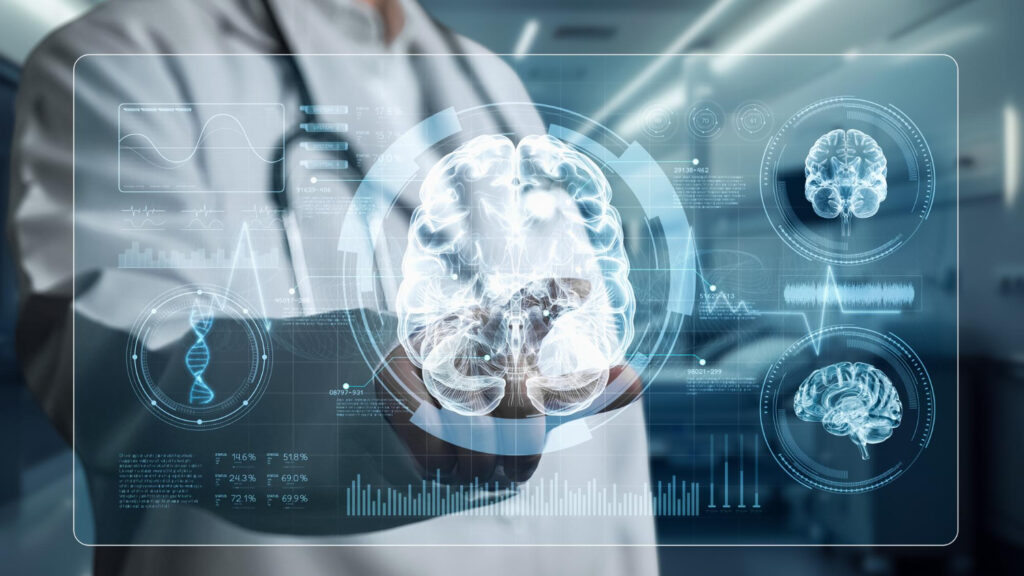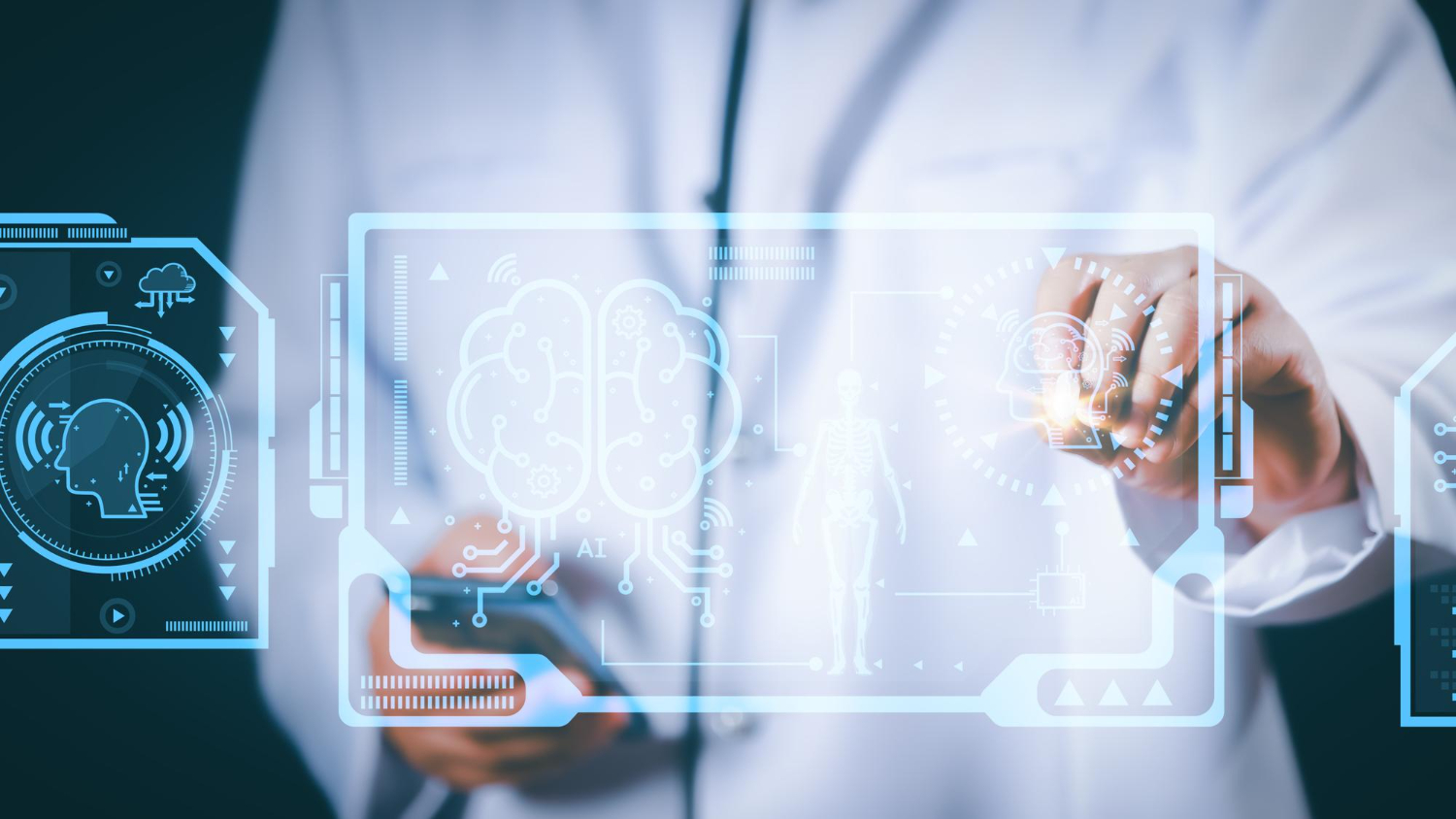In the past, clinics used paper records and phone calls. Notes were lost and handwriting was unclear. Early desktop programs digitized scheduling but needed manual checks. Web portals let patients book online but lacked real-time updates. Old systems often caused overlapping appointments and patient frustration. Clinics wasted time and resources.
Today, AI scheduling systems find conflicts instantly. They allow 24/7 self-booking for patients. AI fills schedule gaps and boosts clinic efficiency.
According to the New England Journal of Medicine, healthcare is undergoing a profound digital transformation driven by AI integration. Health Affairs highlights how appointment automation has the potential to drastically reduce administrative waste and boost operational efficiency, although exact cost savings vary greatly depending on the clinic’s specific processes and automated workflows.
This progress underscores the pressing need for scalable, intelligent solutions like Graphlogic healthcare automation, especially in busy, high-volume clinical environments.

The Evolution of Appointment Systems in Healthcare
Benefits of AI‑Powered Automation
AI-powered automation streamlines repetitive administrative responsibilities, eases workloads for staff, dramatically enhances booking precision, and reduces the likelihood of human mistakes. Patients experience timely, clear updates through multiple communication channels. As an illustration, Graphlogic’s Smart‑Care Agentic Workflows utilize conversational agents and retrieval-augmented generation (RAG) technologies to guide both patients and healthcare providers throughout the entire care process — drawing on prior interaction data to recommend ideal appointment times, automatically fill in necessary medical paperwork, and identify urgent situations for quicker triage. Clinical teams benefit from accelerated decision-making support and reduced chances of miscommunication.
According to industry analyses and practical case studies, healthcare appointment automation can drive substantial gains in efficiency and cut operational expenditures, though specific figures like “40% cost savings” often differ based on individual clinic workflows and should be considered as examples rather than fixed outcomes.
Key Impacts:
- Lower administrative workload for healthcare staff
- Reduced double bookings through AI-powered scheduling
- Enhanced patient satisfaction via multi-channel communication
- Smoother automated healthcare workflows that boost overall efficiency
- Capability to integrate with existing systems without requiring complete system replacement
This ongoing shift toward Graphlogic healthcare automation is transforming outpatient services — lowering costs, improving healthcare operational efficiency, and creating better experiences for people and medical providers alike.
Appointment Confirmations, Reminders, and Rescheduling
AI systems instantly confirm appointments once they are booked or rescheduled, eliminating waiting periods and significantly reducing administrative bottlenecks. People promptly receive medical appointment reminders through SMS, email, or automated voice notifications. Research, including randomized trials published in JAMA, demonstrates that these reminder systems effectively lower no-show rates across different healthcare environments, although the degree of improvement depends on factors like patient demographics and individual clinic workflows.
Graphlogic’s chatbots and voice bots manage confirmations and rescheduling seamlessly in real time. These advanced tools automatically synchronize appointment statuses and update records directly within CRM and EHR systems, providing staff with immediate, up-to-date scheduling information. This integration minimizes communication errors, prevents overlapping appointments through intelligent healthcare appointment automation, and boosts operational efficiency. For patients, this results in consistent, clear communication, reducing misunderstandings and elevating their overall experience.
With increasing data supporting both operational and financial advantages, automated healthcare workflows have quickly evolved into a standard requirement for modern outpatient care, reinforcing the importance of solutions like Graphlogic healthcare automation.
Lab Tests, Prescriptions, and Delivery Coordination
Coordinating lab tests and prescription processing typically requires several manual steps — such as transcribing physician orders, arranging sample collections, and contacting pharmacies — which increases the risk of delays or mistakes. AI-driven platforms simplify these tasks by leveraging optical character recognition (OCR) tools to interpret and handle orders automatically. For instance, Graphlogic healthcare automation technology accurately reads lab requisitions, routes samples to the correct laboratories, and transmits prescription orders straight to pharmacies. Additionally, AI bots oversee delivery logistics and provide people with timely status notifications. Each step is meticulously recorded within automated healthcare workflows, promoting transparency and secure, reliable documentation.

Lab Tests, Prescriptions, and Delivery Coordination
These advancements contribute to faster lab result turnaround, reduced prescription mistakes, and greater people trust. Although AI OCR systems demonstrate strong potential for minimizing manual errors, statements like “70% fewer errors” should be seen as illustrative examples rather than guaranteed outcomes, since actual improvements vary with each implementation and workflow design.
By automating processes such as OCR-driven order reading, AI-powered scheduling for sample collections, prescription routing, and thorough documentation, Graphlogic’s comprehensive solution enhances accuracy, improves operational efficiency, and fosters stronger patient confidence through consistent, clear medical appointment reminders and communication.
Integration with Existing Medical Infrastructure
Deploying AI tools effectively demands seamless integration with existing EHR, billing, and CRM infrastructures — without interrupting established automated healthcare workflows. Graphlogic healthcare automation accomplishes this by utilizing standard APIs and HL7 messaging protocols, allowing effortless connection with leading EHR platforms such as Epic, Cerner, and Allscripts. This method ensures that clinical teams can maintain their familiar workflows without major disruptions.
Data security is a top priority, with all information transmitted through fully encrypted channels in compliance with GDPR and HIPAA regulations. Although many clinics report enhanced efficiency and smoother operations following integration, statistics like “92% of staff report improved workflows” often stem from specific internal surveys or anecdotal evidence, and should not be considered universal benchmarks without external validation.
By integrating AI-powered scheduling and healthcare appointment automation on top of existing systems, clinics can introduce advanced intelligence and automation while preserving continuity and minimizing the need for complete system overhauls.
How Graphlogic Helps Reduce Front‑Desk Load
Graphlogic clients frequently observe substantial decreases in front-desk workload following the deployment of AI-powered automation solutions. By reassigning staff from repetitive administrative duties to higher-value tasks such as patient assistance and exception management, clinics can better allocate personnel resources and focus on meaningful interactions. In several documented examples, reception teams successfully managed high patient volumes with significantly less staff time required, enabling personnel to concentrate on activities that strengthen patient engagement.
This operational shift also enhances people experiences, as many clinics report faster and more transparent communication, which contributes to greater satisfaction. Healthcare appointment automation can dramatically shorten average response times and reduce the number of incoming phone calls, alleviating pressure on front-desk teams.
Although these metrics are based on actual outcomes observed in clinics implementing advanced automated healthcare workflows, precise results will vary depending on the scale of implementation, existing processes, and the characteristics of the patient population served.
Future of Smart Healthcare Workflows
Emerging retrieval-augmented generation (RAG) agents are set to proactively orchestrate patient journeys well before scheduled appointments. Conversational AI will support patients during preparation, provide individualized triage guidance, and respond to questions instantly in real time. These sophisticated systems will retrieve and synthesize information from EHRs, research publications, and past consultations to deliver advice precisely tailored to each patient’s unique circumstances.
Cutting-edge form recognition tools and predictive analytics will instantly identify abnormal lab findings, facilitating swifter clinical interventions. Virtual agents will oversee follow-up tasks, ensure medication adherence, and monitor chronic conditions, helping patients remain engaged with their care plans.
Clinics will benefit from predictive AI-powered scheduling, intelligently adjusting appointment availability and allocating resources dynamically based on patient histories and evolving needs. This transition to proactive, data-informed care will decrease complications, reduce preventable hospital admissions, and drive down overall costs.
As AI technology continues its rapid advancement, healthcare appointment automation will enable continuous, data-driven, and deeply personalized patient care — shifting the focus from reactive treatments to proactive, anticipatory strategies that improve both health outcomes and patient satisfaction.
Key Points to Remember About Healthcare Appointment Automation
As healthcare undergoes a swift and profound digital transformation, appointment automation is becoming a fundamental pillar of more streamlined, patient-focused care delivery. By integrating AI-powered scheduling, intelligent automated healthcare workflows, and secure system connections, clinics can significantly lessen administrative burdens while elevating patient experiences today — and establish the groundwork for even more advanced solutions in the future.
Key Benefits:
- AI-powered scheduling enhances appointment accuracy and effectively eliminates double bookings.
- Retrieval-augmented generation (RAG)-driven workflows minimize manual administrative tasks and improve data consistency.
- Real-time medical appointment reminders and automated communication channels boost patient engagement and satisfaction.
- Future AI systems will proactively predict patient needs, customizing care journeys for truly individualized support.
- Secure integrations allow clinics to incorporate innovations like Graphlogic automation into existing infrastructures with minimal workflow disruptions.
Looking ahead, the healthcare industry will increasingly transition from reactive, one-time appointments toward continuous, proactive care. Predictive analytics, virtual agent technology, and conversational AI will become key enablers in anticipating patient requirements, enhancing chronic condition management, and delivering highly personalized, data-driven experiences.
FAQ
It uses AI to schedule appointments and find conflicts instantly.
Graphlogic AI prevents double bookings and updates schedules automatically.
Yes. Graphlogic connects with EHRs like Epic and Cerner.
Yes. Studies show reminders lower missed appointments in clinics.
AI manages confirmations, rescheduling, lab tests, and prescriptions.
Yes. Graphlogic encrypts data and meets HIPAA and GDPR rules.
It automates booking and paperwork, freeing staff for patients.
AI will guide patients and predict needs before appointments.
Graphlogic uses AI and connects with EHRs for smarter scheduling.
Clinics see fewer no-shows and faster patient communication.




